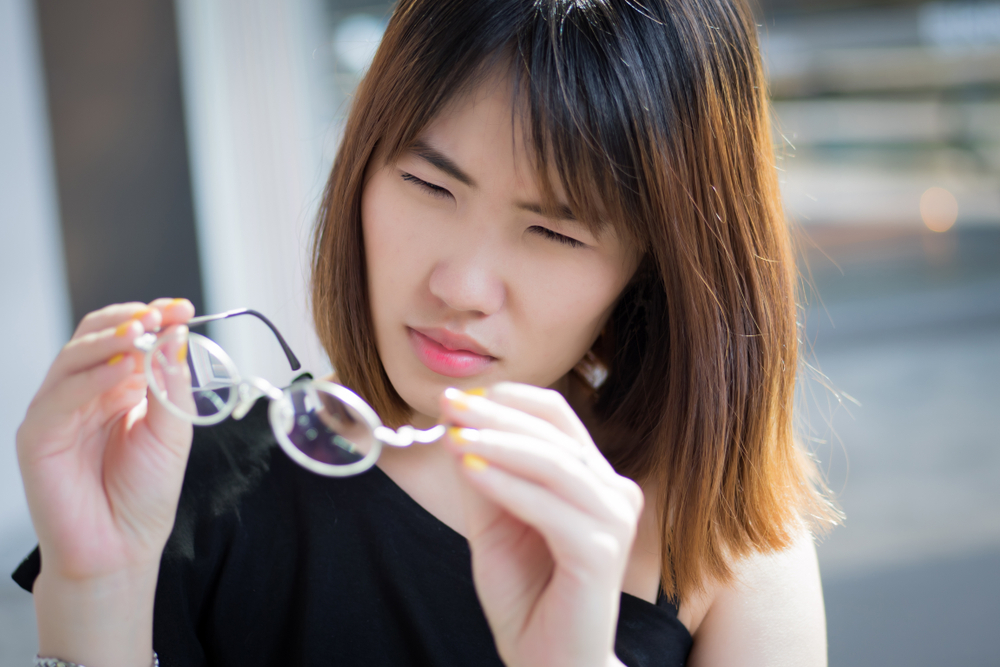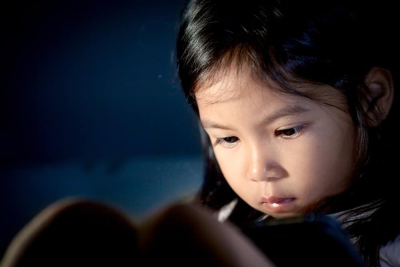Causes of Eye Minus You May Also Experience

People who have minus or nearsightedness cannot see objects at great distances clearly. That is why, they will wear glasses or contact lenses in order to see better. Various things can cause a person to have minus eyes (myopia) including reading and playing habits gadget. Check out more clearly the causes of nearsightedness in the following review.
What are the causes of minus eyes?

In normal viewing, light from outside should fall right on the retina for you to see clearly. But in minus eyes, light falls in front of the retina of the eye so that objects or writing that are far away will appear blurry or appear blurry.
This occurs because the eyeball is longer than it should be or the cornea is too curved. As a result, the light entering the eye is not focused properly.
Until now it is not certain what causes minus eye. However, the American Optometric Association states that the causes of nearsightedness can be influenced by genetic factors and daily habits.
The following are some of the common causes of eye minus:
1. Genetic
The cause of minus eyes that you may not realize is heredity, aka genetic. If one of your parents is nearsighted, you will have a greater chance of experiencing the same thing.
The greater the risk if both of your parents have minus eyes. Until now, research states that there are 40 genes that cause a person to experience nearsightedness.
2. The habit of reading and playing gadget
Even though it’s not the main cause of eye minus, reading habits increase your risk for nearsightedness. This is especially true if you often read in the dim light and the distance is too close to your eyes.
Those of you who like to read have a much greater risk of myopia than other people who rarely read. However, the risk of experiencing nearsightedness due to reading at close range or in a dark place also applies to the use of gadgets in the same conditions.
So, you should make it a habit to read or write from a distance of about 40 centimeters (cm) from the screen or book.
3. Rarely do outdoor activities
There are several studies which suggest that the cause of nearsightedness can also be influenced by the habit of rarely doing outdoor activities. The reason is, the light level inside and outside the room is different so that it affects the health of your eyes.
Indoor lighting is generally darker and limited than the natural light outside. This then makes the eye wear out over time and decreases its ability to pick up on light.
Therefore, if the situation requires you to do activities in the room, try to adjust the room lighting as well as possible so as not to damage the eyes.
Can minus eye be prevented?

Although the main cause of minus eye is not known for sure, you can still reduce the risk. Some things that can reduce the risk of nearsightedness such as:
- Not reading, writing, and seeing at very close range.
- Frequent outdoor activities.
- If your eyes are tired, rest your eyes first, don’t force them.
- Avoid reading and writing in dark or poorly lit places.
Usually, eye minus begins during childhood and stops during adolescence. However, not all of them happened. Not infrequently also visual disturbances, such as minus eyes last into adulthood.
If you begin to feel symptoms or signs of minus eyes, you should immediately consult a doctor. Signs that you have nearsightedness are not only shown from not being able to see distant objects clearly, but usually symptoms such as:
- Frequent headaches and dizziness
- The eyes get tired quickly
- Eyes feel tense
If this happens, you should immediately consult a doctor for eye vision. The most common treatment to treat minus eye is to wear contact lenses or glasses with minus lenses.
You can also choose to do eye lasik, which is a laser surgical procedure to improve your vision so that it can reduce eye minus.
After knowing the various causes of nearsightedness or myopia, from now on try to avoid the various risk factors. Take care and love your eyes so you do not regret it later.
Hello Health Group does not provide medical advice, diagnosis or treatment.